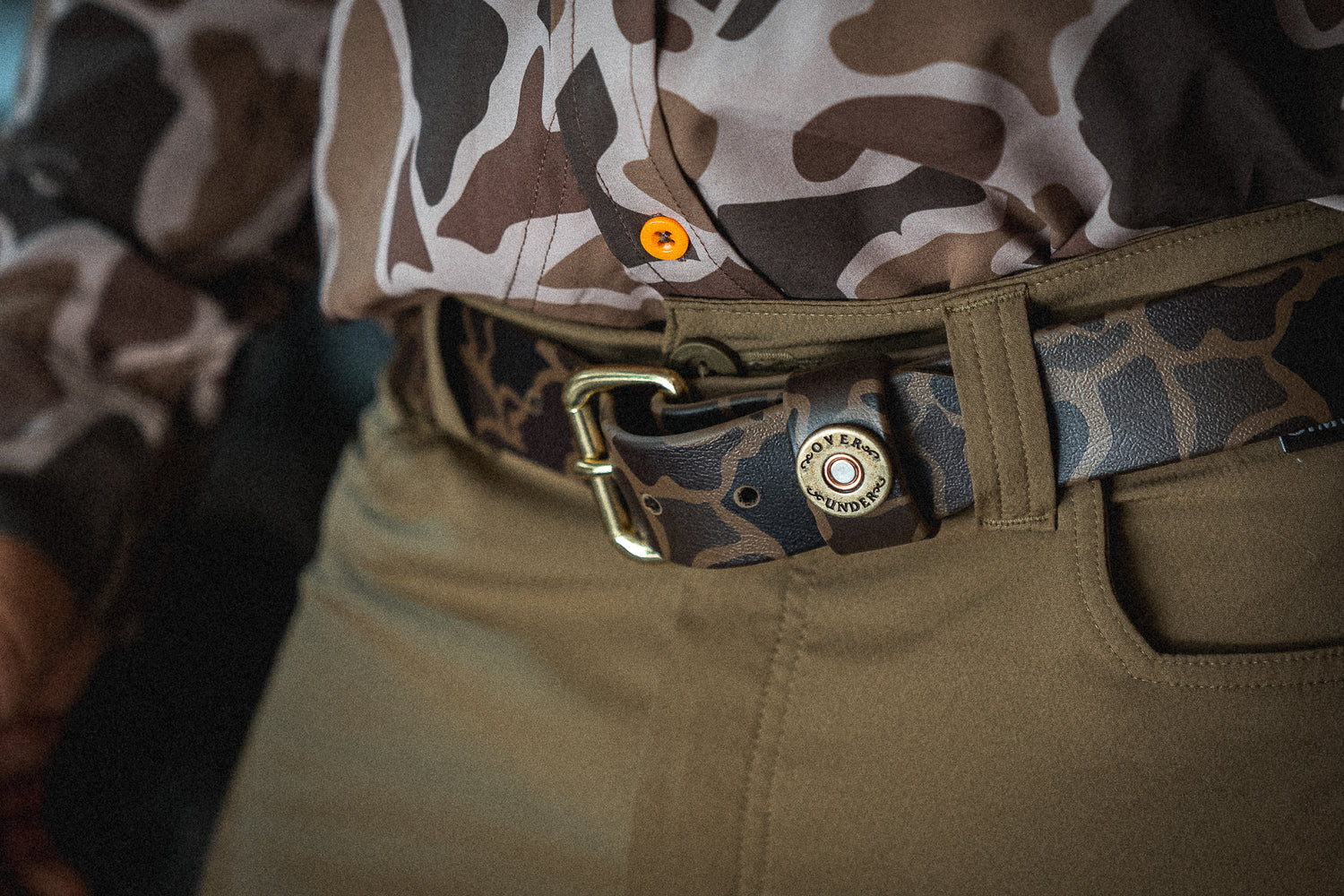Time spent outside can inspire, energize, and revive. A wonderful day or weekend spent in nature relies on the adventure chosen and how people prepare for the event. Clothing affects the wearer's appearance, and it plays a role in comfort and safety.
Protection From Cold
The best protection from cold temperatures comes from dressing in layers. You can’t simply pile on random items. You need to put clothes on in the proper order for the most benefit.
Avoid cotton as the base layer against the skin. A fabric that dries quickly rather than absorbs moisture will protect the skin better. Choose something made from wool, silk, or synthetic fiber. Layer two should help to keep the skin warm. An insulating fabric like wool or fleece works well for this purpose. Choose a water-repellant outer layer to keep the inner layers dry.
Protection From Heat
Slightly loose-fitting clothing worn during hot weather allows air to circulate and helps perspiration to evaporate more easily from the skin. Cotton can absorb and stick to the skin once it becomes damp. Some people find the clinginess uncomfortable, and those with sensitive skin may feel some irritation. A cotton and synthetic blend may improve comfort and reduce drying time.
Light colors reduce heat because they reflect sunlight rather than absorb it like a darker shade. Always bring a change of clothes (including fresh socks) for layering up or for changing into dry clothes when needed.
Socks help to keep the feet dry and comfortable during outdoor activities. The heat may cause you to feel the temptation to spend time sock-free, but this could lead to more discomfort. Socks from synthetic materials or a cotton and synthetic blend can help keep moisture from accumulating on the feet.
Prevention of Injury
Shorts can lower body temperatures and allow the wearer to move more freely. Shorts, however, do not protect the skin from sunlight and leave the legs vulnerable to injury from thorns and cuts and scrapes if a fall occurs. Consider shorts an acceptable choice when fishing from a boat or hanging around a campsite, but wear long pants when traveling through fields, trails, or forests.
Sunburn may take as little as 10 minutes to start. The intensity of ultraviolet radiation, known as the UV index, determines the risk. The ratings change based on altitude and cloud cover.
The EPA (Environmental Protection Agency) has a UV index chart on their website that enables users to look up zip codes to see the current rating. Hats, sunblock, long pants, and long-sleeved shirts protect the skin on the days when the rating is highest.
Wear socks for foot protection. The accessory keeps feet warm in the winter and is a year-round protective barrier for the feet. Socks absorb moisture so the skin does not stay damp. Damp feet can become breeding grounds for bacteria and issues like athlete's foot. Socks also prevents friction between the foot and shoe, so they reduce the risk of blisters.
Reduction of Tick Risk
Hats can help to reduce the risk of ticks hiding in the hair. Light-colored clothing makes the pests easier to see. Long pants and shirts with long sleeves leave less exposed skin vulnerable to ticks. Wear long socks because insects have less access to the legs when pants are tucked into socks.
Attractive and well-fitting clothes help people look their best and stay more comfortable and safer when engaged in outdoor activities. At Over Under Clothing, our focus has always been to provide people with the clothing they love to wear and meets their needs. Visit our website to view the clothing and gear we offer for every type of outdoor adventurer.


